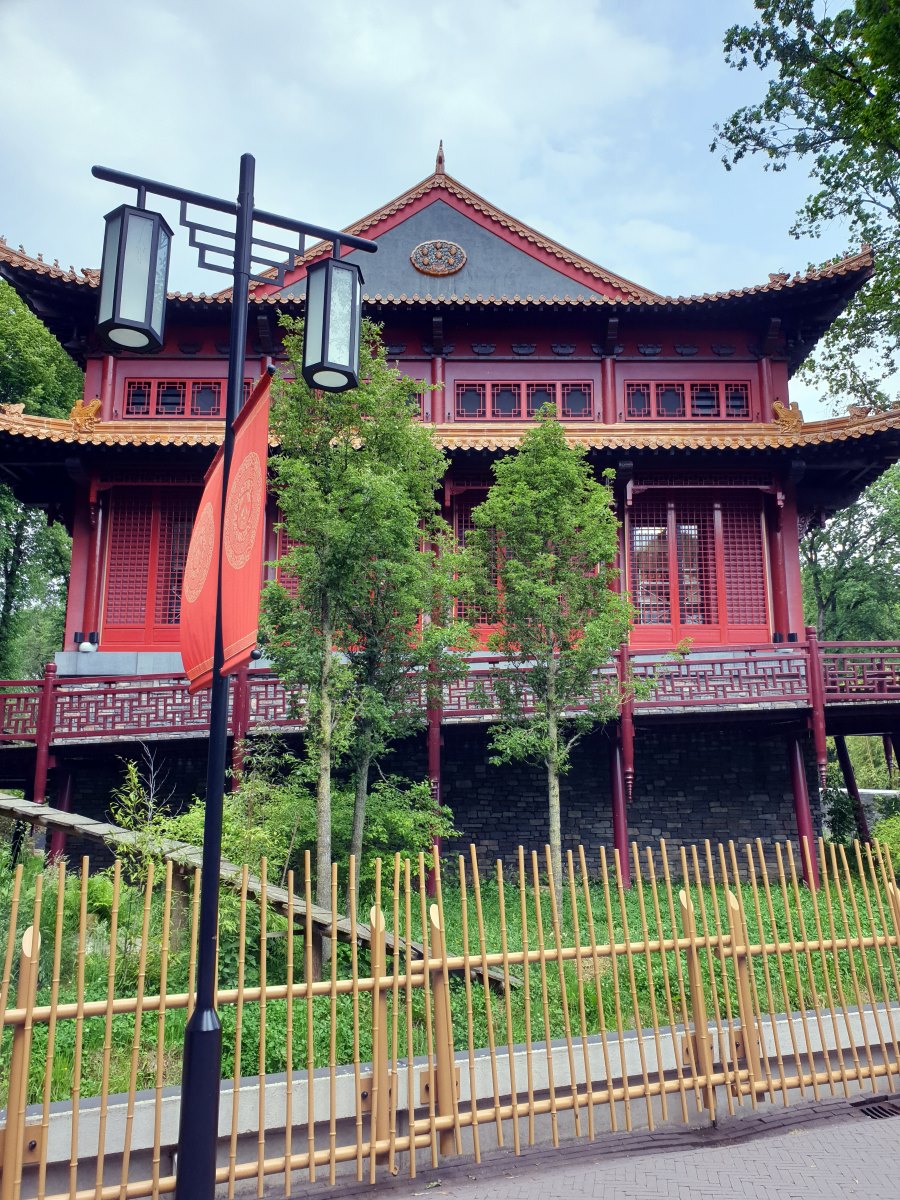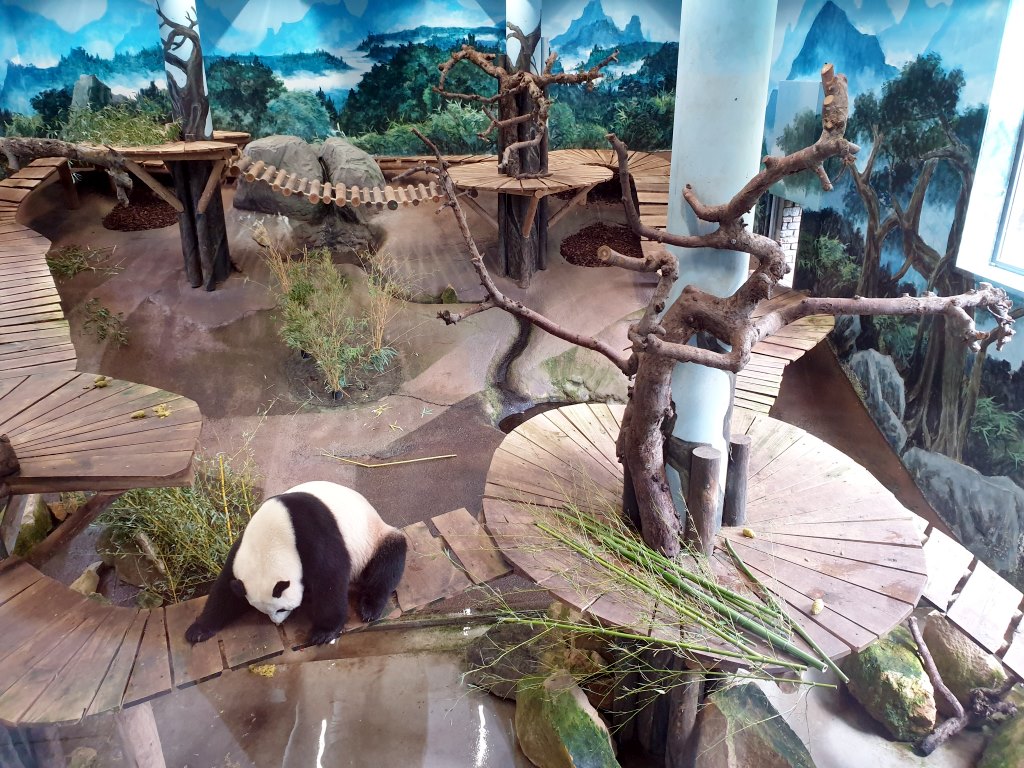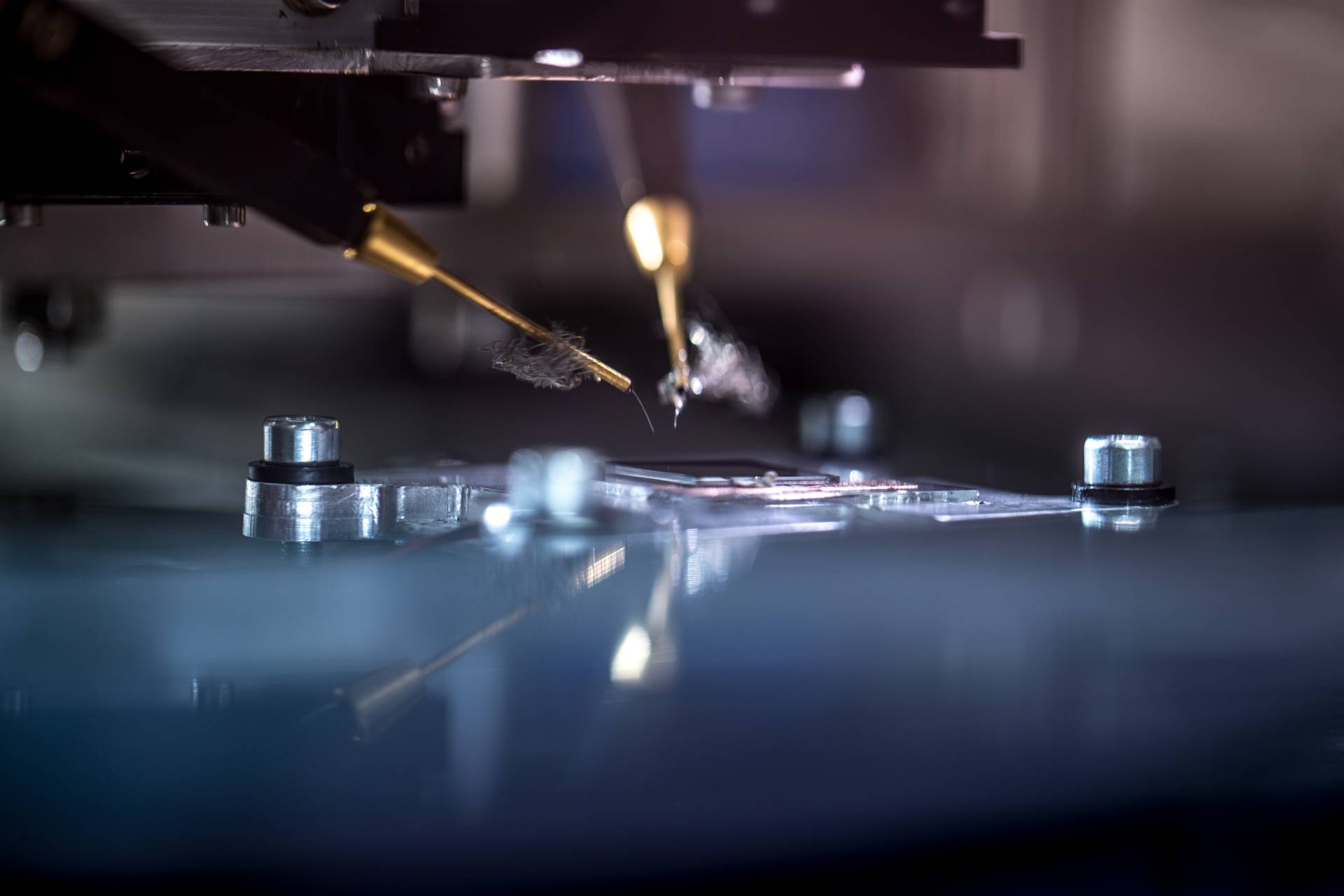How two pandas put Ouwehands Zoo back on the map
The Ouwehands Zoo proudly houses the two giant pandas Wu Wen and Xing Ya in the luxurious Pandasia enclosure. During the FHI member network meeting and management session at the zoo, Ouwehands director Robin de Lange gave his view on the arrival of the pandas, the influence of the project on marketing, the ties with international politics and new entrepreneurial insights.
For a group of more than a hundred FHI members, De Lange outlined the history of the zoo in Rhenen. The zoo became increasingly difficult, especially in the 1980s and 1990s: declining visitor numbers caused financial problems. “You don't fill the parks with the fact that you are the greenest in the Netherlands. In 2000 we were almost bankrupt,” said the director. “It was high time to distinguish ourselves more.”
The turning point came when entrepreneur and nature lover Marcel Boekhoorn became the owner of Ouwehands Zoo. Things changed by focusing more on innovation, more investments and the introduction of new animal species. The concept of the park also changed: Ouwehands became an animal playground with the focus on entertaining children.
 But the park wanted more, De Lange said. A long-cherished dream was to bring in a number of giant pandas. The first contacts with the top management of China were made through the then Prime Minister Kok and De Lange and his colleagues visited breeding centers in China.
But the park wanted more, De Lange said. A long-cherished dream was to bring in a number of giant pandas. The first contacts with the top management of China were made through the then Prime Minister Kok and De Lange and his colleagues visited breeding centers in China.
According to De Lange, a lot of patience was needed to ultimately secure the arrival of the pandas: “You have to run a zoo like a business. So we wanted speed. But diplomacy and politics take time. The arrival of pandas should be seen as a gift from China to a country, a sign of friendship.”
Pandasia residence
Ultimately, the deal was sealed with a state visit by the king and queen to China in 2015. The luxurious Pandasia enclosure was built for the pandas Wu Wen and Xing Ya, a project that cost 7 million euros. The animals have been 'loaned' to Rhenen for at least 15 years, with the zoo transferring 1 million euros annually to China for various programs around the panda.
The arrival of the pandas has not done any harm to the zoo. According to the director, visits have increased by 50 percent in the past two years. This allows the zoo to focus more on its Ouwehands Zoo Foundation, which aims to stimulate nature conservation, conduct scientific research together with the universities of Wageningen and Utrecht, and provide education about nature. There are now plans to build an enclosure for bonobos – a primate that, together with its closest relative, the chimpanzee, is the closest to humans of all living animal species. In fact, these plans are indirectly funded by the pandas.
Despite the successes that Wu Wen and Xing Ya have brought to the zoo, De Lange still has a dream: the arrival of a baby panda. The two pandas are now (almost) sexually mature, which will make it exciting in the near future whether a third panda will arrive in Rhenen.
After his inspiring lecture, De Lange was bombarded with questions from the audience about the Pandasia panda project. For example, how do you get the bamboo? (Answer: supplied by a specialist company from Asten) and how much bamboo is eaten? (700kg of bamboo goes through it per week). During the closing FHI networking drinks, the endangered but admired animals remained the topic of discussion for a long time.

Related companies

